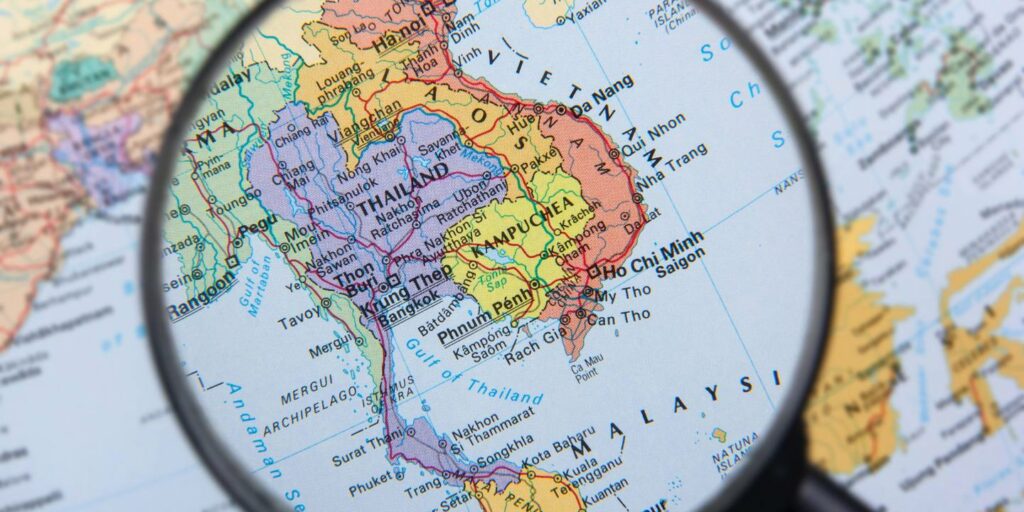When it comes to the textile businesses operating in Southeast Asia, times are changing, and fast. While cheap wages, lower labor regulations, and lesser environmental restrictions might have helped the region develop as the most robust and thriving region for the textile industry, those days are coming to an end.

Pressures from within and outside are accelerating the transformation of the current landscape. It’s a necessary and positive evolution of an industry that has such a tremendous impact on global labor rights and the natural environment. For us, Southeast Asia is our base of operation, it’s our home and a place where we invest the most of our energy and finances to help the transition move even faster.
We believe Southeast Asia will continue to thrive as a textile hub, but not because of the same reasons that helped it get its initial foothold. On the contrary, Southeast Asia will prove to be agile and quick to respond to the pressures from within and outside to continue its growth.
Here are some of our thoughts on the pressures coming our way:
Pressure to Change from the Big Global Brands
It seems like everyday now we see another article condemning one of the global fashion and apparel giants for their shortcomings in living up to their sustainability pledges. The term greenwashing (putting forth unsubstantiated claims to deceive consumers into believing that a company’s products are environmentally friendly) is part of our daily news diet. There are even lawsuits against some of the biggest fast fashion brands accusing them of misleading consumers about their recycling practices.
Consumers have had it with being deceived and they are starting to demand real accountability and real action. Brands are responding with ever more stringent rules and regulations with regards to who becomes part of their supply chain. Suppliers and textile processing companies must be able to show tangible proof to support their green claims.
Fabric mills across the world are taking note, and even some of the most traditional companies are partnering with innovative upstarts (NTX included) to start implementing more environmentally friendly and sustainable practices. This trend has not escaped the attention of businesses operating in SE Asia where textile exports continue to grow and hitting record highs in Vietnam of USD 22 Billion in the first half of 2022. Putting in new green processing practices will be a must in order to keep those exports growing.
Pressure to Change from National Governments
National governments from southeast asian countries have for a long time chosen growth over environmental concerns, but this is changing with textile businesses increasingly being asked to clean up their act. One of the biggest concerns has been the treatment (or more accurately mistreatment) of the most precious of natural resources – water.
Clean water is essential for healthy populations to thrive and in the end health always trumps wealth. Notably, Vietnam Textile and Apparel Association (VITAS) has highlighted clean water management as a key strategic goal citing the needs of local communities as one of the reasons. Other countries across southeast asia are experiencing similar pressures and are sure to follow suit.
Who Will Win and Who Will Lose
The good news for textile businesses is that ready-to-implement solutions are on the market. The winners will be companies that make the investments in sustainable textile processing solutions. In many cases, the investments will pay for themselves in energy and raw material cost savings. More importantly, the investments will ensure that the companies will meet the necessary criteria to continue to serve as part of the global textile supply chain.
Visit us at www.ntx.global to learn about our market ready solutions to help save energy & water usage as well as eliminate water waste in the realm of textile coloration.

